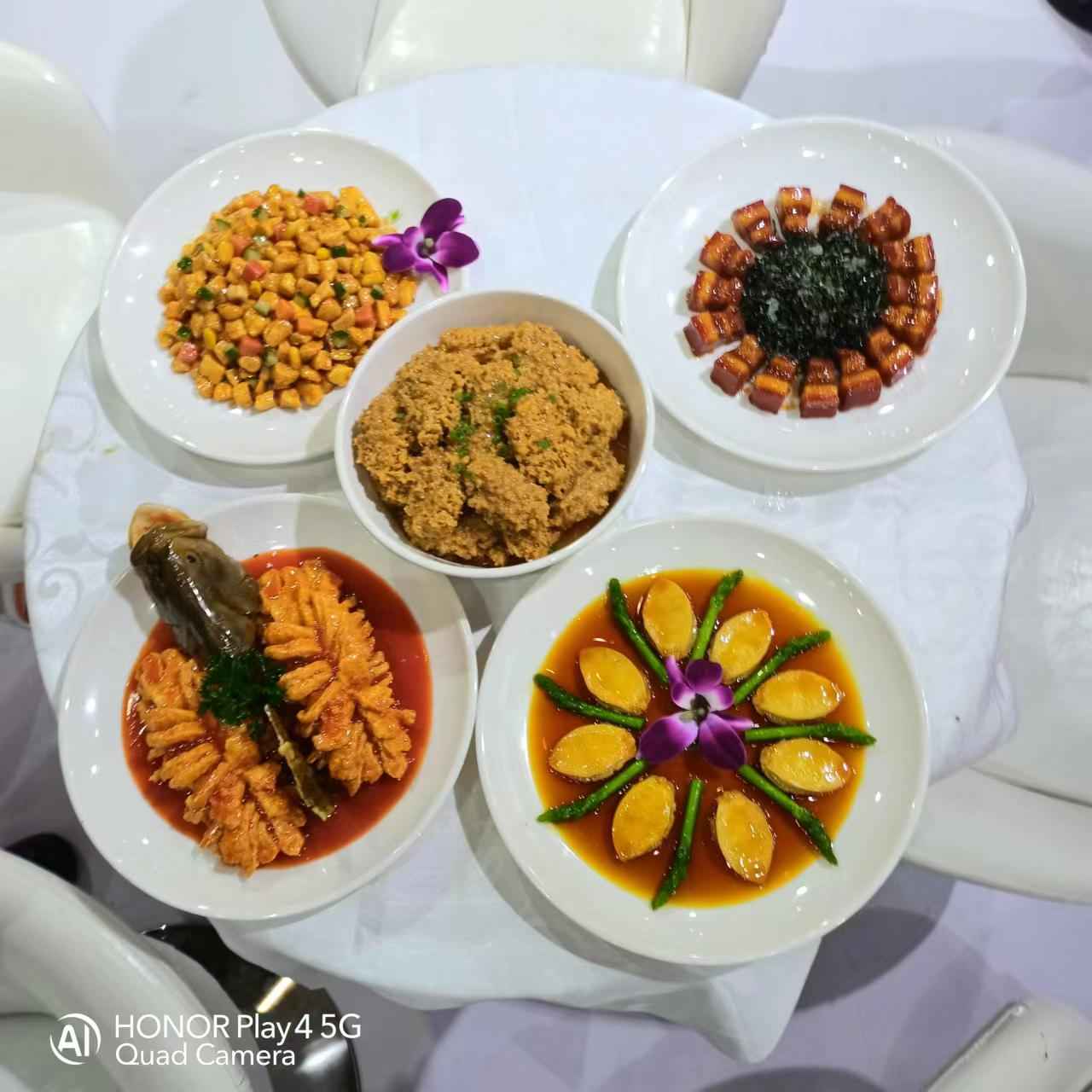In 2023, the catering industry is ushering in seven new trends
2024-06-05
In 2023 dry catering, "innovation" is as important as "confidence". Throughout 2022, the demographic dividend will disappear, consumption will be prudent, and involution in the industry will intensify. Everyone is either "involving themselves" or "involving others". If there is anything that can bring "stable dividends" to the catering industry in the future, it must be innovation.
What new trends are happening in the restaurant industry right now? From what aspects can catering brands evolve and innovate?
New scene: "Ambient sense" is also a product

Last fall, "making tea around the stove" suddenly became popular on social media. In less than half a year, there were more than 260,000+ notes on Xiaohongshu. On Douyin, the topic of making tea around the stove has an astonishing 41.9 billion plays.
"Cooking tea around the stove" can make people so excited, the main reason is the creation of the scene. Three or five friends sit around the fire, drinking tea and eating fruit, keeping warm and chatting. The atmosphere is strong and the sense of sociality is full.
Looking back on last year, almost all consumption related to "scenes" has experienced explosive growth, such as camping, food stalls, street stalls, and exotic cuisine. Behind these consumption explosions is the strong demand of consumers for scenes and social interaction.
Essentially, all categories or stores that focus on the scene are "selling atmosphere". At present, when product homogeneity is becoming more and more serious, "emotional value" is more and more greater than "product value", and space upgrading and transformation around the scene will become the main direction for catering brands to break through.
New model: the "sharing economy" that cannot be ignored
In 2023, with rising costs and increasingly fierce competition, the "sharing economy" in the catering industry will become more and more popular.
In April last year, the Beijing coffee brand D.A.O opened, and then experienced two waves of epidemics in Beijing. Under the repeated "teaching" of the epidemic, D.A.O tried to figure out a "comprehensive space operation" idea, which is now "Mix Island".
"Mix Island" adopts a combined management model (morning C and evening A). D.A.O, Jumping Sea Craft Brewing, and non-binary cocktails hold together to keep warm. Cost sharing and risk sharing not only survived the epidemic, but also achieved stable development. Not long after the fourth store (Duoduoluo Village) opened, it became the most popular coffee store in Chaoyang District and the most popular night bar in Beijing.
"Mix Island" is not an isolated case of huddling together for warmth. In the past year, various "shared" catering models with low-cost operations, traffic sharing, and risk sharing have emerged.
Some brands are looking for brand cooperation with complementary categories or time slots, such as "embedding" coffee service in bars, or subletting a stall in fast food restaurants for brands that make fried skewers/lo mei; restaurants with obvious seasonal business such as crayfish , hot pot, mutton restaurants, etc., also reduce the cost of rent through the form of subletting or subletting in off-peak seasons.
There are also some brands that "modularize" themselves and "embed" their own services in the form of "shop-in-shop" in different brands or stores. Provide a series of full-case customized services such as tea drinks, space services, and customized tea product sales.
The city's shared central kitchen has also been greatly developed last year. For example, the Shuhai supply chain and the 22 city supply chain have established shared processing central kitchens across the country. Shared central kitchen greatly reduces the ingredients and research and development costs of small catering brands, reduces capital risks, and significantly empowers.
New retail: "catering + retail" two-wheel drive
Last year, Maliuji "won numbness" by live broadcasting. Hot and sour noodles sold more than 7 million copies in one day, with a total sales of 54 million yuan. The east is not bright and the west is bright, Ma Liuji recovered the loss of dine-in from the live broadcast room.
The epidemic is a catalyst, which has accelerated the new retail process of the catering industry and helped many catering brands complete their transformation. Relying on the two-wheel drive of "catering + retail", Baman has occupied the first place in the sales volume of Tmall's Hunan rice noodle category for three consecutive years. In 2021, it has exceeded one billion yuan in revenue; Guangzhou Restaurant, Zhiweiguan, Tongqinglou, etc. With the popularity of "Kaishou Cai", the brand has gradually found a second growth curve.
In addition to becoming more and more like a "food factory", the "new retail" of catering is also reflected in the front-end stores. Since last year, there has been a "supermarket trend" in catering: warehouse-style barbecue, convenience store hot pot, dim sum wholesale market, self-service tavern... Except that the name looks like a supermarket, the experience is more like: open container, warehouse-style The display, retail packaging, and novel consumption experience attract a large number of young people to check in.
Another typical example is Guang Lian Shen. Its first stores opened in Chengdu, Changsha, Nanjing and other places are called "Guanglianshen Dim Sum Wholesale Market/Dim Sum Convenience Store". No matter how the name changes, it is getting farther and farther away from "baking" and "new retail". getting closer. In Guanglianshen, fresh baked bread has become a popular item, bulk weighing has almost disappeared, and low-temperature and long-term packaged food has become the protagonist. High-per-square-meter efficiency, high customer orders, and low loss are likely to lead a new round of category upgrades. .
New channels: from double home games to multi-home games
The era of multiple home games has arrived. 2022 can be called the first year of All in Douyin, a catering brand collective:
Haidilao’s Douyin group opened for the first time, and the sales of three group-buying products approached 300 million; McDonald’s set a record of 10 million in a single day during the double 11 pre-sale period; Guming’s 520 live broadcast, 40 million in 5 hours; Pizza Hut's single-day live broadcast GMV reached 80 million.
Douyin, with 600 million daily active users, provides a new platform for catering brands to "integrate planting and pulling together". Merchants use Douyin's interest e-commerce to create short videos, group buying, merchant self-broadcasting, talent exploration, Douyin takeaway, etc. The matrix of marketing tools has also created a brand new consumption scenario for consumers.
From takeout to Douyin, the channel construction of some catering brands in the past year has gradually completed the conversion of "dining + takeaway" dual home venues to "dining + takeaway + Douyin" multi home venues.
New Organization: "Partners" Let Brands Run Faster
In the past one or two years, there have been more and more directly-operated brands open to franchise, such as Baman, Mrs. Tian Braised Pork, Tous Les Jours, Hometown Chicken and so on. There are also some directly-operated brands whose attitude towards "franchising" is still half-hidden, such as Lele Tea, Wooden House BBQ, and Chen Xianggui.
No matter what the consideration is, for direct-sale brands, "direct-sale to franchise" is indeed a good way to reduce business risks and achieve large-scale development.



